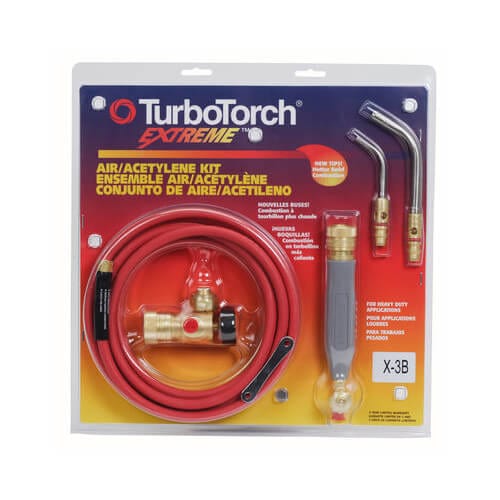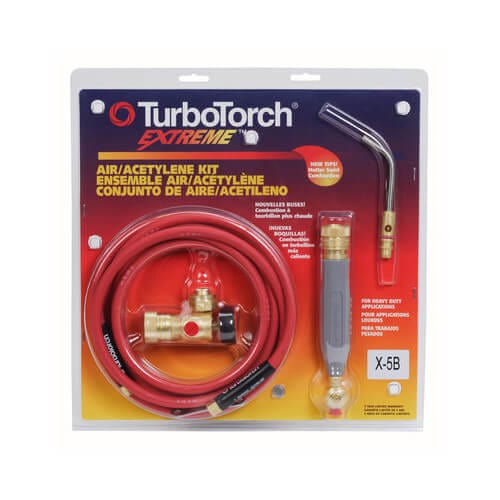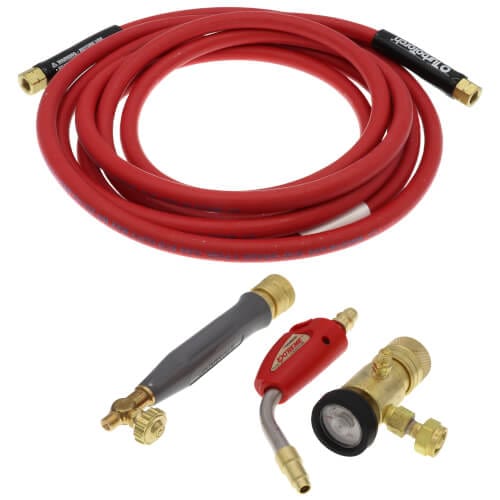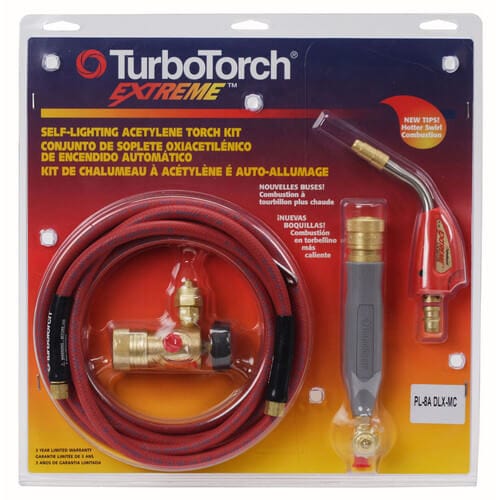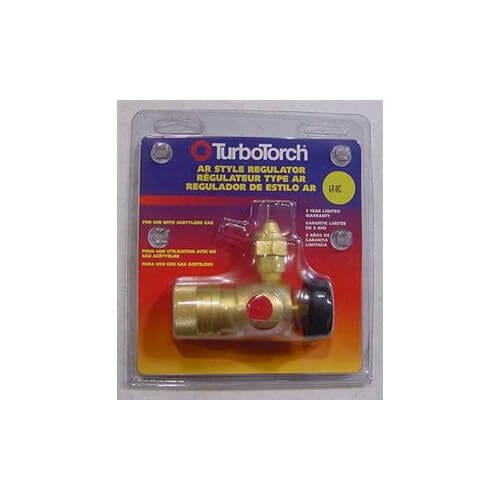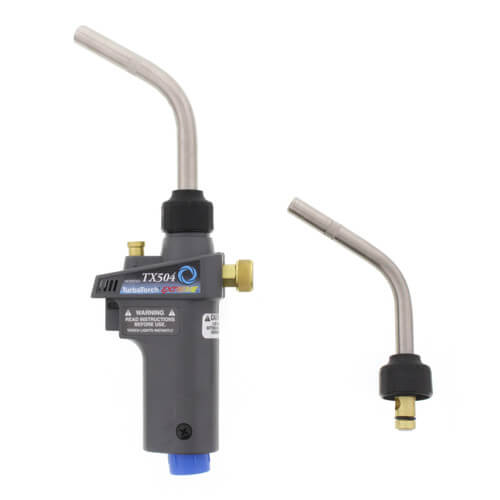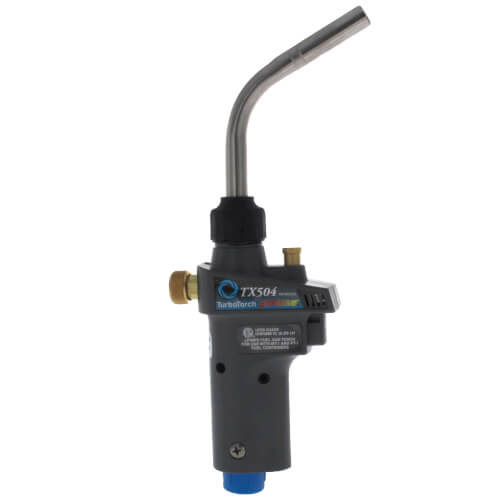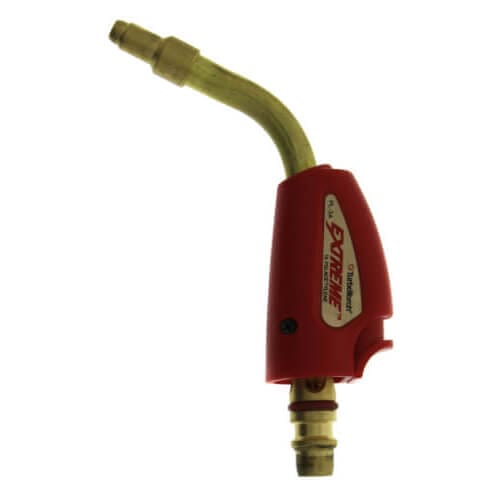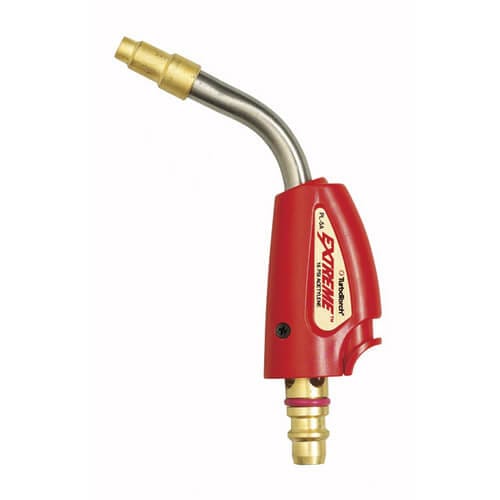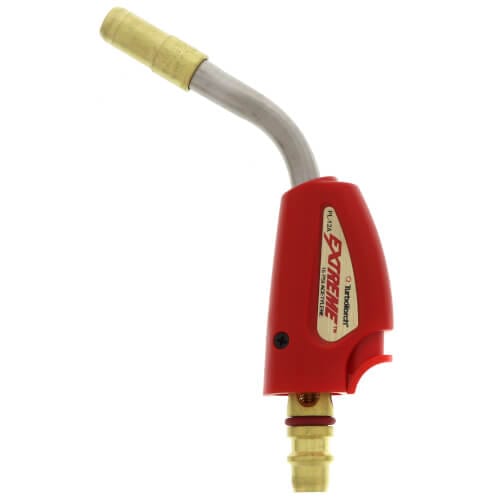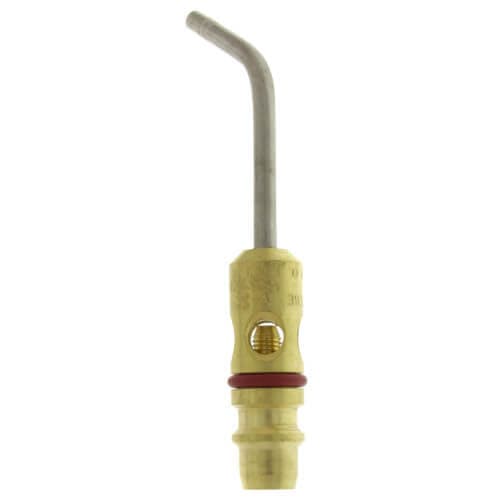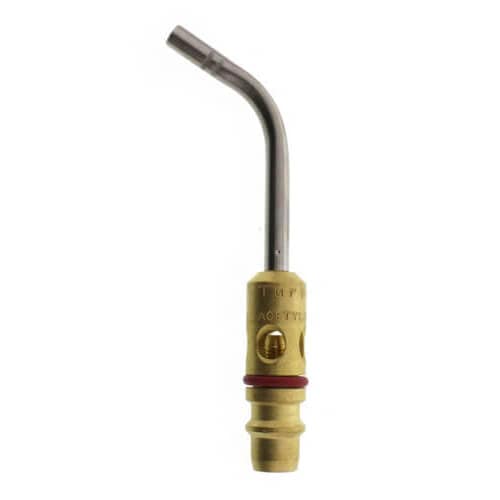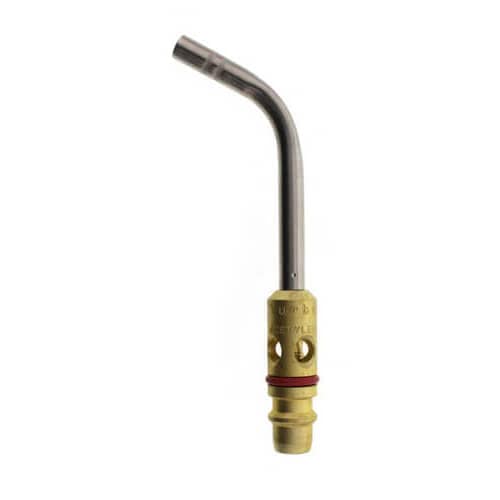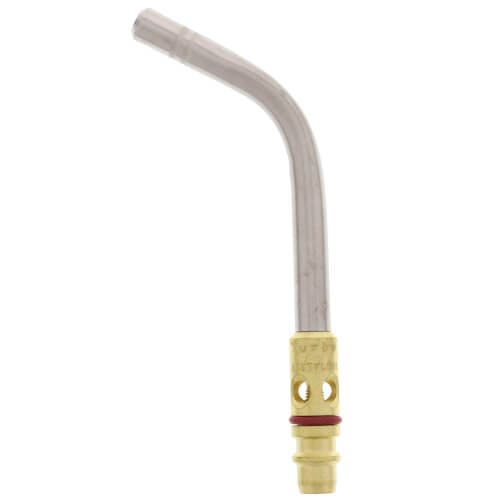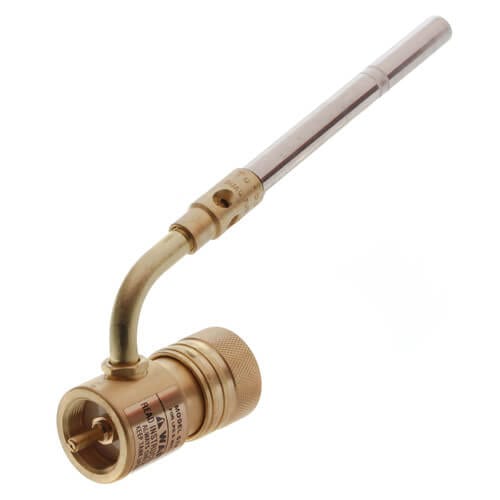About Soldering Torches
Soldering torches, also known as soldering irons or soldering guns, are tools used in soldering processes to heat and melt solder, which is a metal alloy used to join or bond two or more metal components together. Soldering torches provide a focused and controllable source of heat for precise soldering applications.
Here are some key features and information about soldering torches:
-
Types of Soldering Torches: a. Soldering Iron: This is a handheld tool with a heated metal tip used for small-scale soldering tasks. The tip is typically made of copper or another heat-conductive material. b. Soldering Gun: This tool features a pistol-like grip and a trigger mechanism to control the flow of electricity and heat. Soldering guns are generally more powerful and suitable for larger soldering jobs.
-
Fuel Source: Soldering torches use various fuel sources to generate heat. Common types include: a. Butane: Butane-powered soldering torches are portable and often preferred for their versatility and ease of use. They are typically refillable and offer adjustable flame control. b. Propane: Propane-powered soldering torches are more commonly used in industrial or heavy-duty applications. They provide a higher heat output and are often connected to a propane tank.
-
Tips and Nozzles: They often come with interchangeable tips or nozzles, allowing users to adapt to different soldering requirements. These tips vary in shape, size, and material to accommodate various soldering tasks and component sizes.
-
Temperature Control: Some of them feature adjustable temperature controls to regulate the heat output. This allows users to fine-tune the temperature based on the specific solder and materials being used.
-
Safety Features: Many soldering torches incorporate safety features such as built-in stands or rests to keep the heated tip or nozzle away from surfaces when not in use. Some models also include a safety lock or switch to prevent accidental activation.
-
Applications: Soldering torches are widely used in electronics, electrical work, jewelry making, plumbing, automotive repairs, and other industries where precise and reliable soldering is required. They can be used to solder wires, circuit boards, plumbing pipes, metal components, and more.
-
Proper Usage and Safety Precautions: When using a soldering torch, it's important to follow safety precautions to prevent accidents or injury. This includes using appropriate protective equipment (e.g., safety glasses, heat-resistant gloves), working in a well-ventilated area, and handling the torch and hot components with care.
Different soldering torch models may have specific instructions and maintenance requirements, so it's important to read and follow the manufacturer's guidelines. Additionally, be sure to adhere to local safety regulations and codes when using soldering torches in professional or industrial settings.

